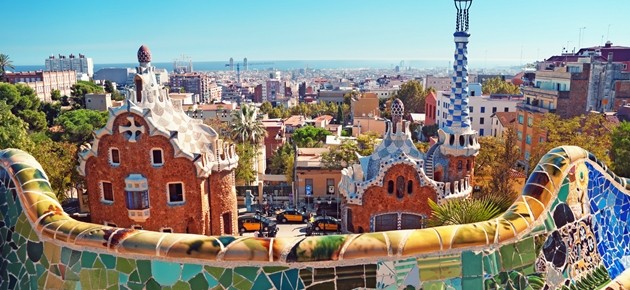Leadership posts

Mind, Body, Heart: 3 Ways to Build Resilience
Posted by Laurie J Cameron
Paulo* is a client in Barcelona who is living the reality of the economic downturn squeezing Spain. Married with three children, he was downsized twice in the last two years.
Paulo is no slacker. He is talented and has a CV stacked with well-known companies, consulting and academic work. Despite his depth and professionalism, Spain’s economy is suffering and he is in the middle of the turbulence.
Paulo is a master at balancing work with savoring life. He spends weekends outdoors in the parks of Barcelona, walking through the trees and dwelling in the beauty of his city. He swims in the sea whenever he can, connects with his children and writes poetry about the smells, tastes and images of beauty all around him.
Despite appreciating life, Paulo noticed that he is experiencing heightened levels of stress and sometimes feelings of depression. The ongoing challenge of finding sustainable work in the current economic climate full of uncertainty has made its way in to his being. Paulo finds that he is easily distractible, unable to focus, losing motivation and impatient. I asked him what he notices in his body and he describes a general sense of tightness in his core, as if in a contraction, and headaches are frequent.
The outlook for the economy in Spain was not promising. Paulo was committed to increasing his resilience to adapt to the current environment and to be prepared to lead through the uncertainty. Paulo's goal was to strengthen his ability to maintain a calm presence no matter what was happening around him. We began working in a framework of mind, body and heart.
1. The Mind
With the mind, we focused on building the blueprint: clarifying the outcome he wanted in his career, developing strategies for achievement, and laying out a roadmap for effective action. Together we looked at the underlying beliefs, assumptions and competing goals that hold Paulo back from his vision. Seeing the stories and perceptions in his head gave Paulo some distance and opened up more choices. In our coaching sessions, we continued to explore and understand what was really going on with how he makes meaning of his world, which drives .
2. The Body
With the body, we started the mindful practice of paying attention to the messages his body was sending. The body holds rich intelligence and usually signals us about our feelings and emotions before we have any mental awareness of our state. When the recurring headache arrived, Paulo took a “presence-pause” and dropped into a calm place of peace by sitting or standing in stillness (body) and paying attention to his breath. Deep breathing from the core relaxed him and provided an anchor. Mindful breathing provides a spaciousness that opens up new possibilities. Paulo learned to redirect his thoughts (mind) back into the bigger vision for his life, and away from the immediate short-term tasks and stressors.
3. The Heart
With the heart, he began the centuries-old practice of self-compassion. Sitting still and breathing naturally, Paulo placed his hand over his heart and gently sent thoughts of kindness and self-compassion to himself. In our modern world this sounds strange, perhaps self-centered. But mindful self-compassion is a foundation for building emotional resiliency during difficult times. Christopher Germer Phd., a clinical psychologist at Harvard Medical School, describes it as being aware in the present moment when we’re struggling with feelings of inadequacy, despair, confusion, and other forms of stress (mindfulness) and responding with kindness and understanding (self-compassion). Mindful self-compassion also means holding difficult emotions—fear, anger, sadness, shame and self-doubt—in loving awareness, leading to greater ease and well-being in our daily lives. Paulo started his morning with a short practice of self-compassion, and more importantly, he began to notice when he was feeling stressed, worried or ineffective and he would deliver it anytime during his day.
We can develop the capability to use our self as an instrument- our mind, body and heart as the very tools to bring us to a calm, centered and grounded place. We can learn to discover our own mental blocks and remove them by shifting the way we relate to our experiences. We can use our body to get in touch with our natural presence, and we can use our heart to extend forgiveness, kindness and compassion to ourselves. When we can make these shifts, we become more creative, resourceful, energetic and effective. Life is experienced as vibrant and joyful from here. Paulo knows this first-hand.
*name and other details changed